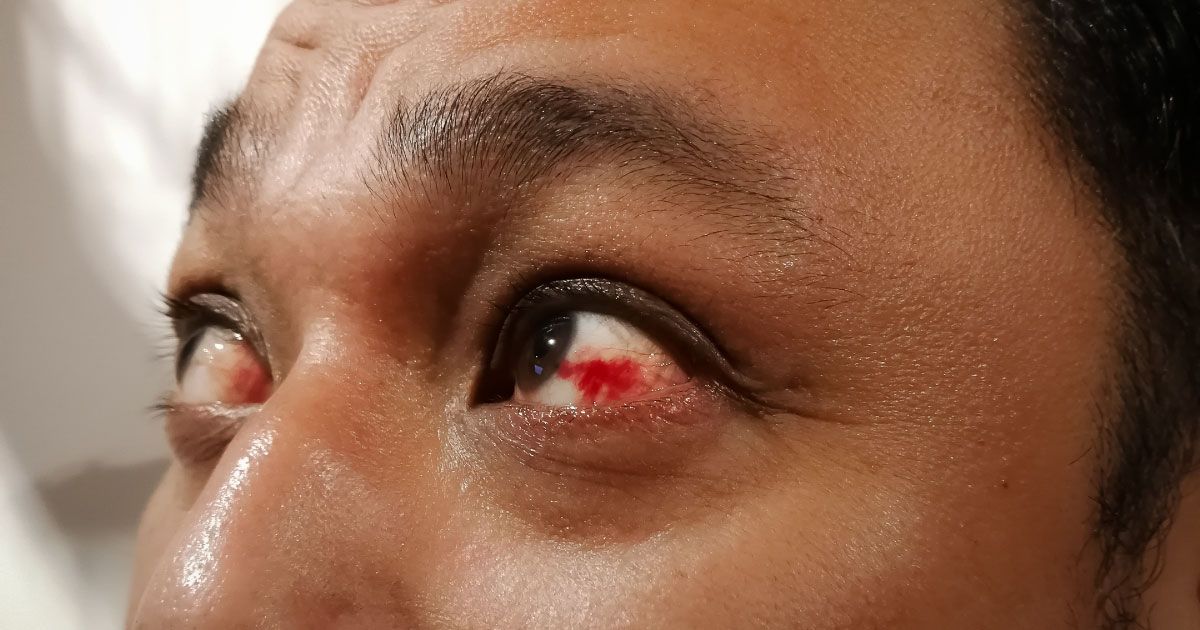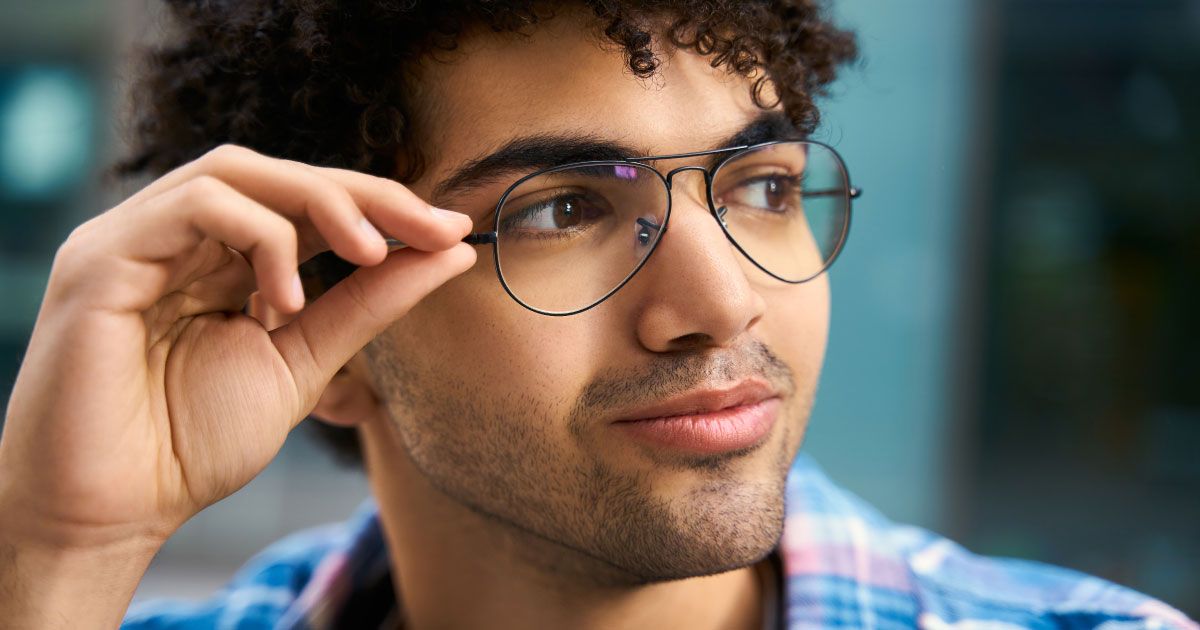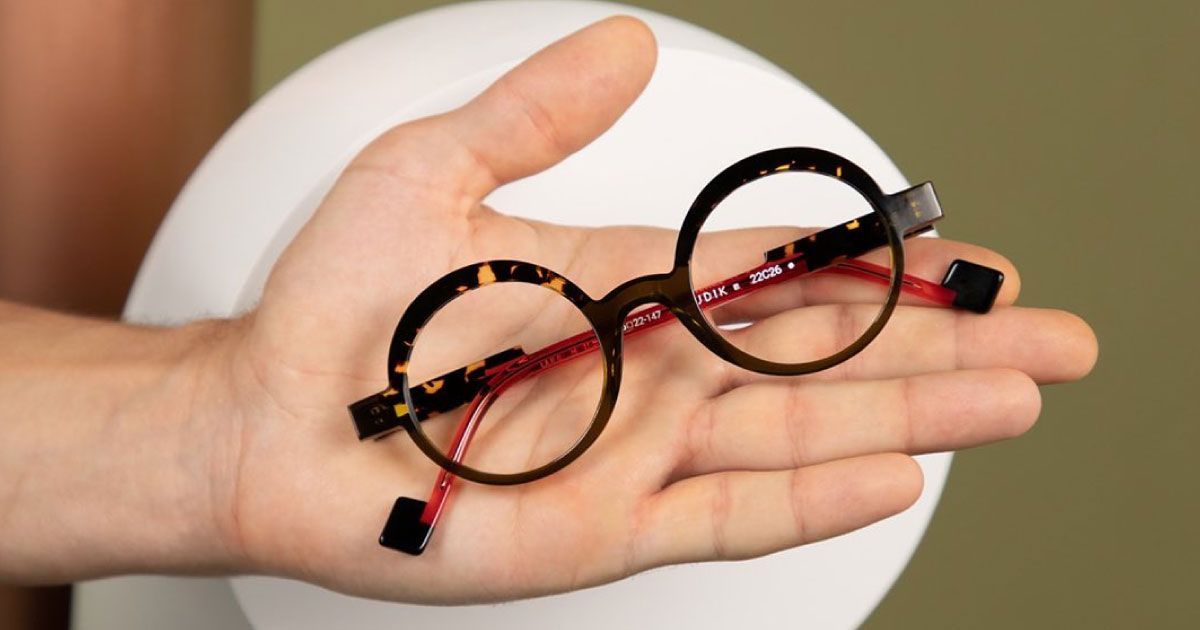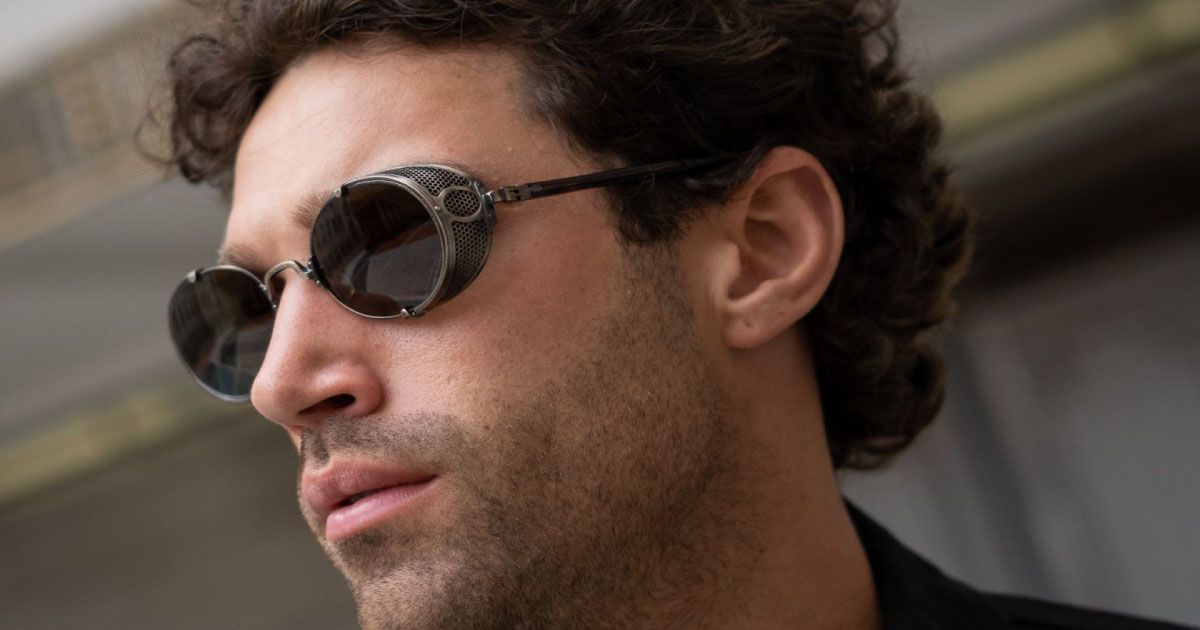Amblyopia: Navigating the Realm of Lazy Eye

Read time: 4 minutes
Amblyopia, commonly known as "lazy eye," is a visual disorder that affects the development of vision in one eye. While it might sound like a mere inconvenience, amblyopia is a complex condition that requires early detection and intervention. In this article, we will look at the historical roots of amblyopia, delve into contemporary insights, and scrutinize the causes and treatment options available.
Tracing the Origins of Lazy Eye
The understanding of amblyopia dates back centuries, with early observations providing glimpses into the challenges posed by this visual condition. Ancient texts, such as those from Greek and Roman physicians, hinted at the existence of vision disparities between the eyes. However, it wasn't until more recent centuries that medical professionals began to systematically study and define amblyopia.
In the 17th century, the term "amblyopia" was coined, combining the Greek words "amblys" (dull) and "ops" (vision). This laid the linguistic foundation for describing the condition characterized by reduced vision in one eye. As advancements in ophthalmology progressed, so did our understanding of amblyopia's complexities.
Understanding Amblyopia
Amblyopia typically emerges during childhood, often in the early years of life when visual development is crucial. It occurs when one eye sends significantly different signals to the brain compared to the other eye. This incongruence disrupts the brain's ability to create a unified and clear image.
The brain relies on both eyes working together to form a unified perception of the surrounding environment. However, in cases of amblyopia, the discrepancy in signals hinders this harmonious collaboration, leading to reduced visual acuity in the affected eye. (Learn more about visual acuity here.)
Early detection and intervention are crucial in managing amblyopia. Common treatment approaches involve the use of corrective lenses, eye patches, or vision therapy to encourage the weaker eye to develop better visual acuity. If left untreated, amblyopia can persist into adulthood, potentially resulting in permanent vision impairment in the affected eye. Regular eye examinations, especially during childhood, are essential for identifying and addressing amblyopia to ensure optimal visual development.
Common Causes of Amblyopia Include:
• Strabismus (Misaligned Eyes): When the eyes are misaligned, the brain receives conflicting visual input, leading to amblyopia.
• Refractive Errors: Significant differences in prescription between the eyes, such as one eye being more nearsighted, farsighted, or astigmatic than the other, can contribute to amblyopia.
• Deprivation: Physical obstructions like a cataract or similar eye conditions can obstruct clear vision, leading to amblyopia.
The Developmental Impact on Vision
Childhood visual development is a crucial phase during which the brain undergoes significant learning to interpret visual signals accurately. The visual system is highly adaptable during childhood, and the brain relies on receiving consistent and harmonious information from both eyes to develop proper visual processing capabilities.
The brain, in response to the persistent inconsistency, may begin to favor signals from the other eye. This preference causes a reduction in visual acuity specifically in the eye experiencing the conflicting signals, giving rise to the distinctive characteristic known as lazy eye.
Interventions during this critical period aim to encourage the amblyopic eye to catch up in visual acuity and strengthen the connection between the eye and the brain. Identifying and addressing amblyopia early in childhood is essential for promoting optimal visual development and preventing long-term vision impairment.
Amblyopia Treatment Approaches
The early detection and management of amblyopia are paramount for successful treatment. Common interventions include:
Prescription Glasses: Correcting refractive errors can help equalize the visual input from both eyes.
Eye Patching: By covering the stronger eye with a patch, the brain is encouraged to rely more on the amblyopic eye, promoting its development.
Atropine Eye Drops: These drops can temporarily blur vision in the stronger eye, again encouraging the brain to use the amblyopic eye.
Vision Therapy: A structured program of eye exercises and activities designed to improve visual acuity and coordination.
Contemporary Challenges and Research
Despite significant strides in understanding and treating amblyopia, challenges persist. Many cases go undetected until later in childhood when treatment becomes more challenging. Ongoing research explores innovative approaches, including the use of technology and virtual reality, to enhance treatment outcomes.
Again, your Urban Optiks Optometry eyecare professionals want to stress that regular eye examinations for children are crucial for early detection. If a child demonstrates signs of amblyopia, such as consistent squinting, poor depth perception, or tilting the head to see, prompt consultation with an children's eyecare professional is essential.
The Takeaway
The brain/eye connection is very strong. By understanding the intricacies of lazy eye and implementing proactive measures, we can help create a future where children have equal opportunities for optimal visual development. Regular eye examinations and awareness of the signs of amblyopia play crucial roles in achieving this goal, emphasizing the importance of early detection and intervention in preserving a child's visual well-being.
Share this blog post on social or with a friend:
The information provided in this article is intended for general knowledge and educational purposes only and should not be construed as medical advice. It is strongly recommended to consult with an eye care professional for personalized recommendations and guidance regarding your individual needs and eye health concerns.
All of Urban Optiks Optometry's blog posts and articles contain information carefully curated from openly sourced materials available in the public domain. We strive to ensure the accuracy and relevance of the information provided. For a comprehensive understanding of our practices and to read our full disclosure statement, please click here.


















